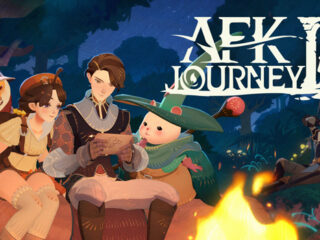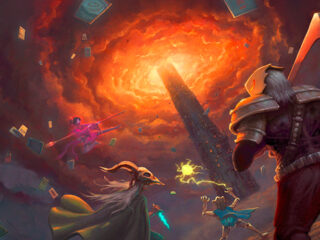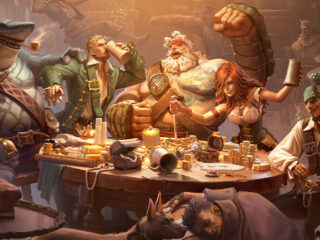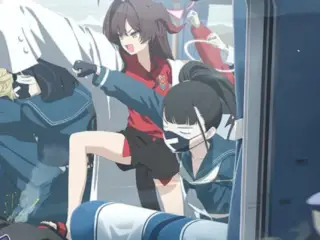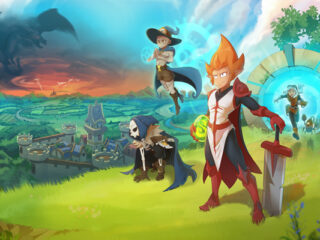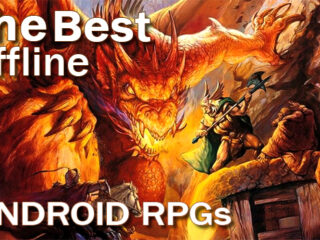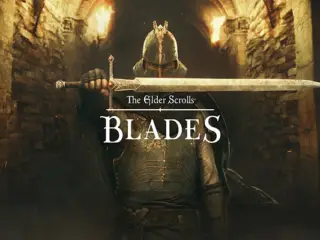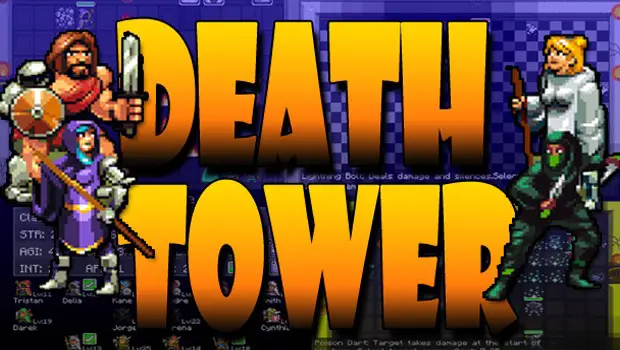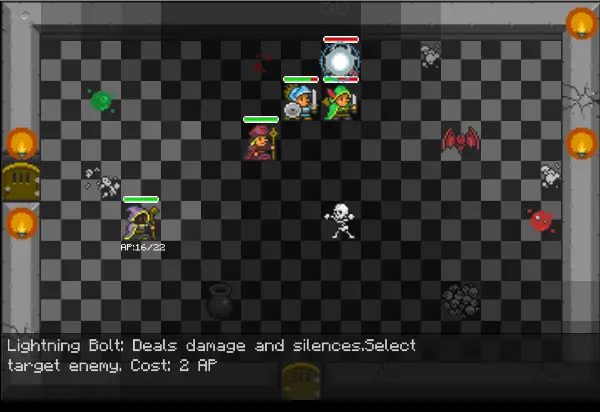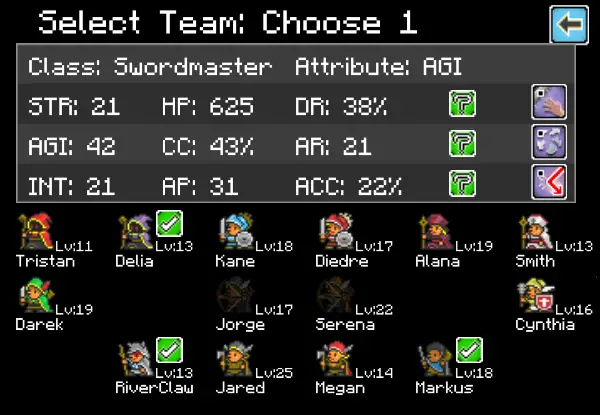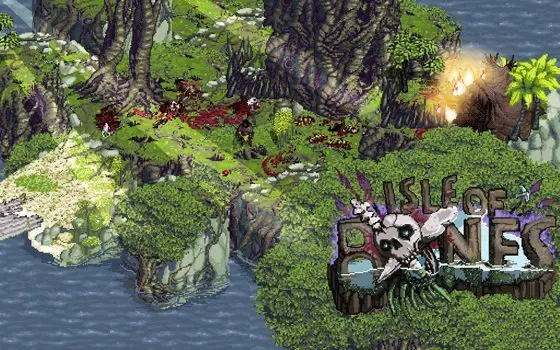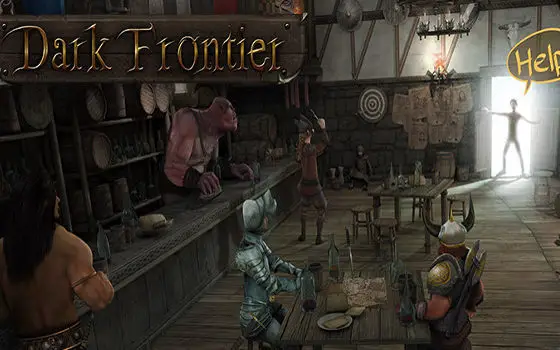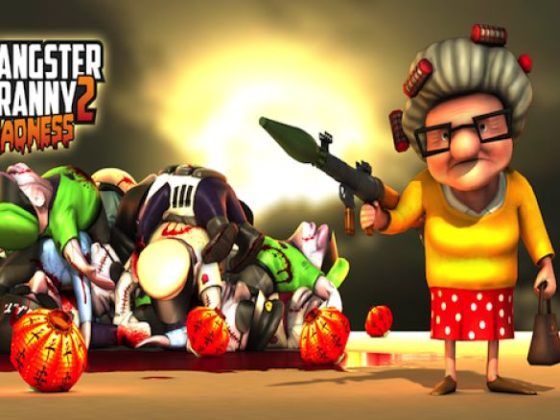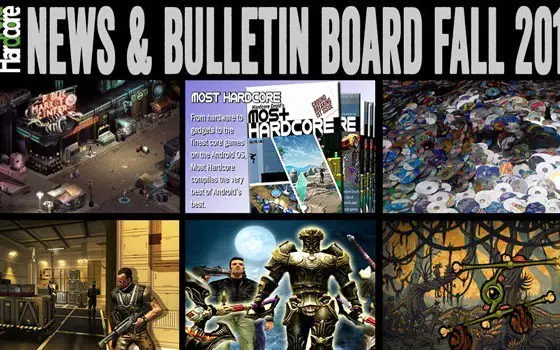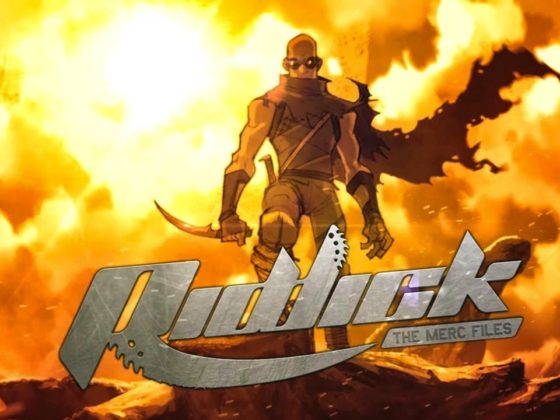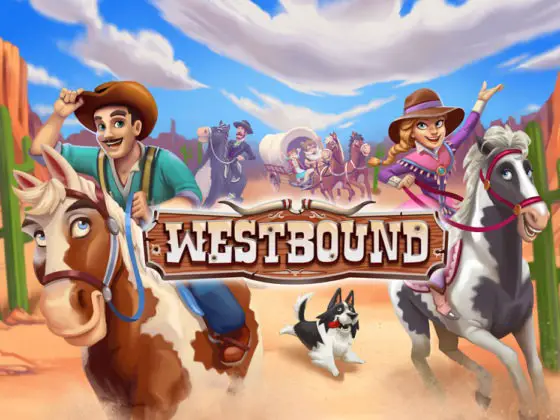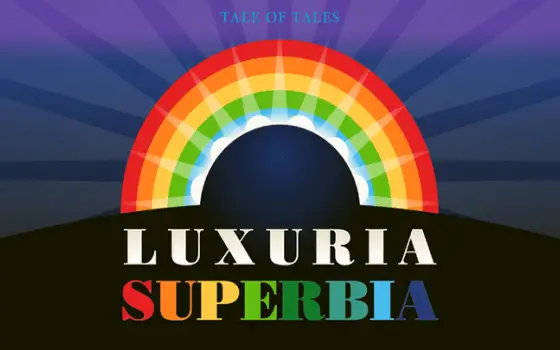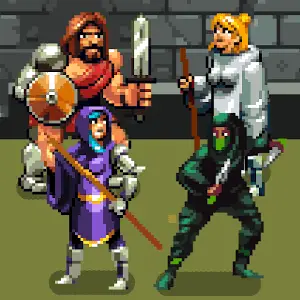 The dungeon crawl is a cornerstone of fantasy video games. Every generation of gamers experiences the fear of stumbling upon a swarm of monsters and the heady elation of discovering a valuable artifact. As the saying goes: “it’s dangerous to go alone”. So don’t go alone; bring some friends.
The dungeon crawl is a cornerstone of fantasy video games. Every generation of gamers experiences the fear of stumbling upon a swarm of monsters and the heady elation of discovering a valuable artifact. As the saying goes: “it’s dangerous to go alone”. So don’t go alone; bring some friends.
Death Tower doesn’t begin in a tavern. Your mentor isn’t slain before your very eyes leaving you honor bound to seek revenge. You wake up alone in a dungeon, with no clue as to where you are, or why. Luckily it’s not long before you stumble upon some companions and the setup of the game becomes apparent. The gameplay is elegantly simple, turn-based combat. Initially it’s a total breeze; hack, slash and blast your enemies until they’re eliminated. The real meat of the game comes from figuring out all the ways in which different character classes and abilities can work together. While there are no situations which require complex lateral thinking, it’s not a game that you can sleepwalk your way through. At the end of each level/dungeon there is a boss room and if you’ve let even one of your characters die, it can be impossible to accomplish. When you’ve vanquished the boss, the exit is presented, but you can go back and continue to explore. There are a finite number of rooms per level, but party strength is finite as well, so after each battle I found myself considering Shakespeare’s words regarding discretion and valor.
There are a total of nine different classes in the game and two of each class to find, one male and one female though the difference amounts to a few pixels. At the start of each level you can choose four characters to venture into the dungeon. Each class comes with three different skills and though some feature similar characteristics healing, immobilizing enemies and of course good, old-fashioned damage none are truly useless and most function in a dissimilar enough manner that no two classes feel identical. You also collect artifacts that can be distributed to each member of your party at the start of a mission. They not only boost your overall stats, but each item bestows an additional ability; some are simply abilities another class already employs, while others are unique. One of the best features is that there’s no underpowered group of characters. You don’t necessarily need a melee fighter/tank type to thrive.
One of the most unusual features of the game is movement. In most turn-based, strategic games there is a limit on how far one can walk per turn. In Death Tower even a heavily armored warrior can sprint across the battlefield to reach a foe. Distance is simply not an obstacle and while this feels unusual at first, it’s actually essential to certain strategies, which is a refreshing change from tactics games where slow moving characters can wait idly for several turns.
The story aims high, but fails to deliver on the strange mystery that it hints at. Plot exposition is delivered via a paragraph or two between missions and seems aim for the crowd that loves unusual twists and bizarre ideas. Certain parallels began to form between certain elements; I was reminded of Lost, Moon and Cube, but the ending fails to deliver any real explanation or resolution to what was happening. Once again I was reminded of Lost. At the very end you’re treated to an unsatisfactory “what are they doing now” of each character. Some end up as monarchs, others wandering heroes or religious leaders, but there wasn’t enough characterization along the way to make any of these blurbs matter to the player.
Visually the game presents itself as a loving homage to many titles from the days of Super Nintendo and Sega Genesis; the graphics offer enough detail to make an authentic experience. If an enemy is holding a staff, you can be sure they’re a magic user of some sort. There were a few areas where a little more work could have made the difference between “cool” and “amazing”. The wizards have a lightning bolt spell, which looks about the same as an archer’s arrow. When you enter a boss room, there can be any number of foes. Some are standard monsters, but others are more potent. Rather than craft a different look for these more challenging creatures, they simply increase their overall size. As anyone who’s ever tried to blow up a grainy, pixelated image will tell you, it doesn’t turn out well. The larger figures are less crisp and detract from the sense of danger a boss battle is supposed to bring, but other than these two minor issues the style is a treat.
As with many Android games, the chiefest virtue of Death Tower is the enjoyment of the overall experience. Despite an underwhelming resolution, the entire experience was a thrill ride and figuring out a new way to utilize various classes was pure joy. If you’re looking for an engaging, fun RPG experience that can be played a few minutes at a time or delved into for hours, look no further.

